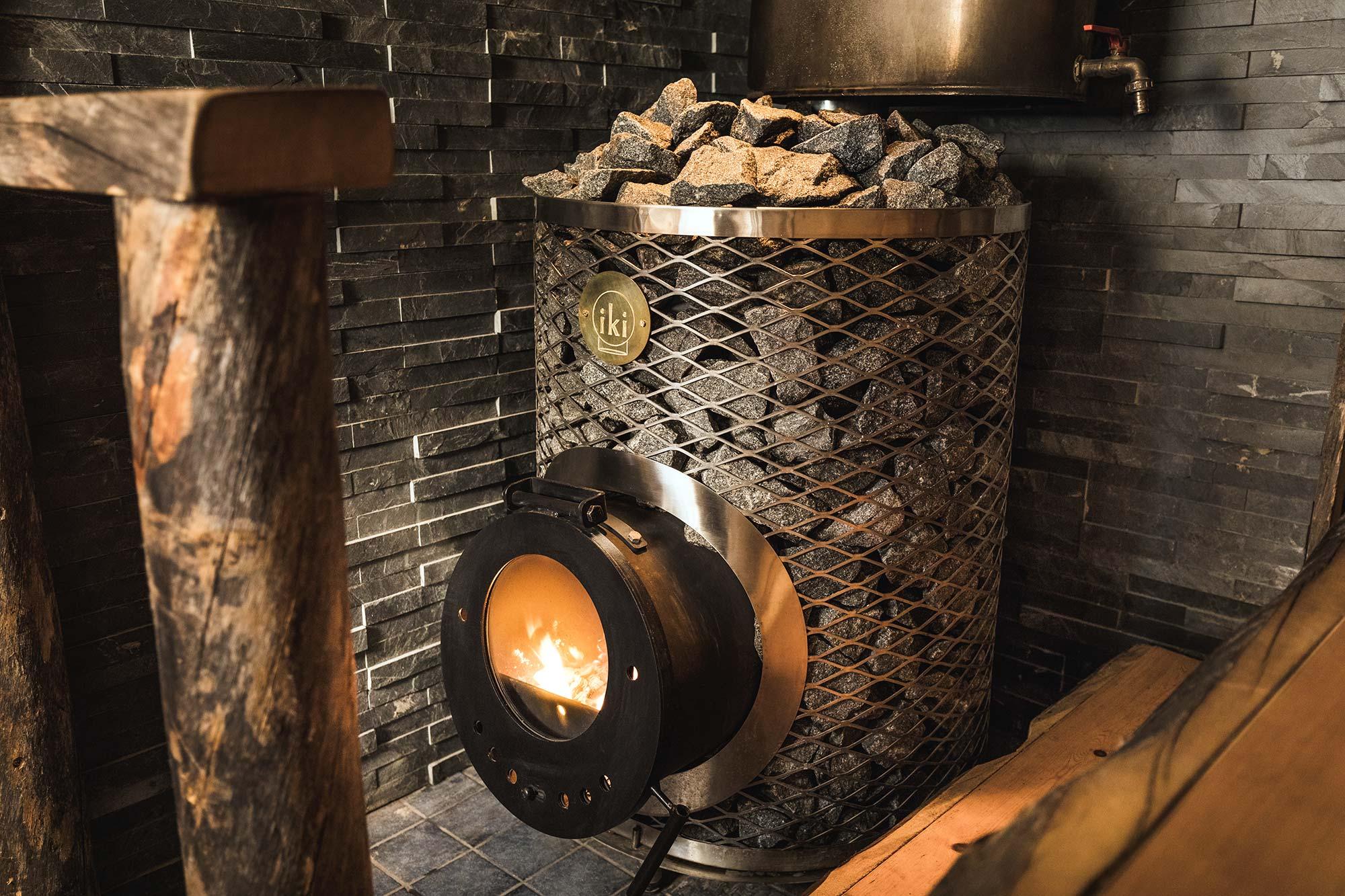IKI is Better for the Planet
There’s been plenty of discussion in the media about emissions related to wood burning, particularly their effect on the climate and health. The amount of Carbonmonoxide emissions varies greatly when different stoves are concerned, and it is likely there will be stricter controls put into place during the next couple of years.
All IKI Kiuas wood-burning stoves have been tested at the Kymenlaakso University of Applied Sciences (KYAMK) in Kouvola to ensure they are in accordance with the EU directive EN 15821:2010. One of the tests relates to CO emissions, which indicates cleanness of combustion. The results for the most popular model in the IKI Kiuas range, the Original IKI, are 0.10%, which is 9 times less than the 1%-limit set for sauna stoves.
Listed in the chart below are the CO emissions by different stove manufacturers. It shows how the Original IKI compares to other open frame sauna stoves of similar size. The results are provided by independent, standardized and approved test facilities. The stove manufacturers are obliged to show these figures in product signs and stove installation instructions.
‐ carbon monoxide emission 13 % O2
‐ CO‐emission 13 % O2
| Original IKI (10-25 m³) | 0,10% | 1242 mg/m3 |
| Harvia Legend 240 (10-24 m³) | 0,65% | 8310 mg/m3 |
| MISA Kiviset 11220 (8-20 m³) | 0,75% | 9375mg/m3 |
| Narvi Stony (8-20 m³) | 0,14% | 1750 mg/m3 |
| Harvia Legend Green Flame (10-24 m³) | 0,23% | 2856 mg/m3 |
Fine particle emissions also tested
In 2011, IKI Kiuas had its wood-burning stoves (BImSchV 1) tested by a German test facility, TÜV in Munich. Germany has set much more strict emission controls for wood-burning stoves than EU’s general standards. The tests measuring fine particle emissions showed IKI stoves emitting 0.020 grams/m3, when the limit is 0.075 grams per cubic meter. The TÜV tests also showed that the efficiency ratio for IKI wood-burning stoves was above 74%, well over the required 50% limit.
Tips for reducing fine particle emissions yourself:
- Use only dry wood for burning.
- Avoid burning trash.
- Sweep the hearth regularly.
- Light the fire from the top of the hearth.
- Avoid overheating; learn to use the hearth as efficiently as possible.
- Do not crowd the hearth with too much wood, as this increases emissions.

